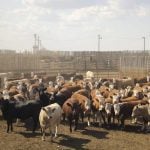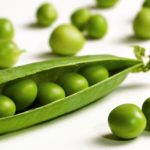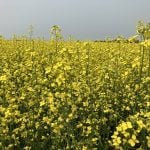
Tag Archives agronomy

Earlier seeding has advantages
Seed according to conditions to optimize moisture, root development and nutrients

Getting the dirt on 4R nutrient stewardship
Fertilizer Canada’s 4R nutrient stewardship research tour delivers valuable information

Back to the agronomy basics in canola
Experts advise growers to focus on quality seed and nitrogen before less conventional inputs

Replace that pencil with an online calculator
Take your homework from page to screen. Online calculators can help you add up production costs and estimate profits

Yield boosting production information
Agronomy Management: Just because someone tells you something doesn’t mean it’s true. Base your choices on good sources

Would your farm pass the stress test?
When you pencil out your farm budgets, calculate some “what if” scenarios as well

Are there resistant weeds in your fields?
The answer to this question is probably yes. Testing can give you a definite answer

94 is out there — don’t settle for average
Agronomics, fertility and overall nutrition can raise field pea yields as high as 94 bushels per acre

Rutted fields and soil compaction
What are the best ways to alleviate damaged fields in the spring?

Staying competitive in a new world
Production is up in the Former Soviet Union and South America. Are you ready?


